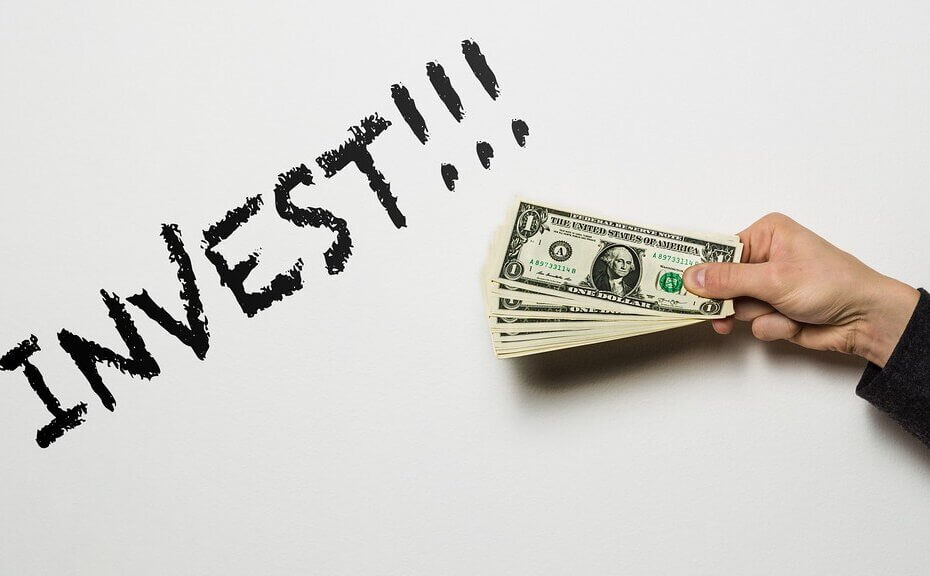There is a question which is sometimes asked by those new to the financial markets, and even occasionally debated by experienced participants. That question is how one differentiates between trading and investing. Because both trading and investing – when one considers them from the perspective of the financial markets – are performed in very similar fashions, they are often thought of as interchangeable actions.
In the book, The Essentials of Trading, I followed along with this basic theme by introducing the idea that what differentiates the two is scope definition. Both trading and investing, after all, are at the most simple of levels application of capital in the pursuit of profits. If I buy XYZ stock I expect to either see the price appreciate or earn dividends – perhaps both. What separates trading from investing, however, is that generally in trading one has an exit expectation. This might be in the form of a price target or in terms of how long the position will be held. Either way, the trade is seen to have a finite life. Investing, on the other hand, is more open-ended. An investor will buy a company’s stock with no predefined notion of when he or she will sell, if ever.
We can use examples to help demonstrate the difference. Warren Buffet is an investor. He buys companies which he sees as somehow undervalued and holds on to his positions for as long as he continues to like their prospects. He does not think in terms of a price at which he will exit the stock. George Soros is (or at least was while he was still actively running his hedge fund) a trader. His most famous trade was shorting the British Pound when he thought the currency was overvalued and ready to be withdrawn from the European Exchange Rate Mechanism. The position he took was based on a specific circumstance. Once the Pound was allowed to float freely, and quickly devalued in the market, Soros exited with a handsome profit. That meets the criteria of having a predefined exit, making it a trade, not an investment.
There is another way one can define trading as set against investing, though. It has to do with the manner in which the applied capital is expected to produce a return. In trading the appreciation of capital is the objective. You buy XZY stock at 10 expecting it to go to 15 and thereby produce a capital gain. If dividends or interest are paid out along the way, that is fine, but likely only a minor contribution to the expected profits.
In contrast, investing looks more toward income over time. That makes income production, such as dividends and bond interest payments, the major focal point. Do investors experience capital appreciation? Sure, but unlike in trading, that is not the prime motivation.
With these definitions in mind, consider what many people refer to as their single biggest investment – their home. Based our second definition of investing, however, a home is generally not an investment because in most cases is does not produce any income. In fact, it produces considerable expenses in the form of mortgage interest payments, utility bills, and upkeep. If anything, a home is a trade. We buy it and hope for its value to rise over time, increasing our equity. And the fact that many people expect to move in only a few years and sell at that point makes it even more of a trade rather than an investment. (Of course own rental property can certainly be viewed as investing, unless one is flipping it, which would definitely be more trading.)
As noted earlier, for many people trading and investing seem like the same thing. The mechanics of buying and selling are basically the same. Sometimes the analysis one does to make those decisions is identical as well. It’s the intention and definition of objectives which separate trading and investing, though.
